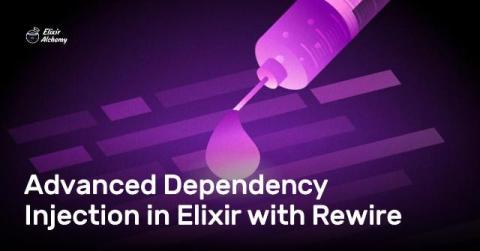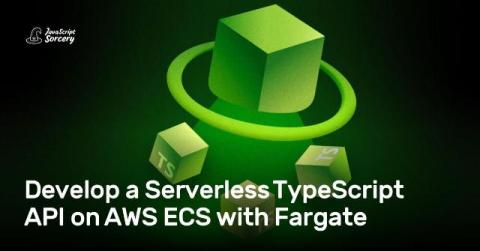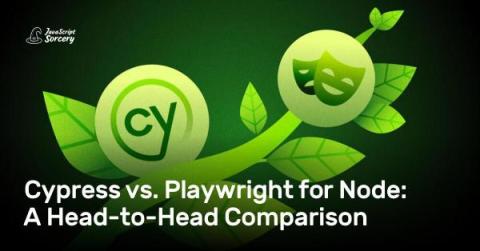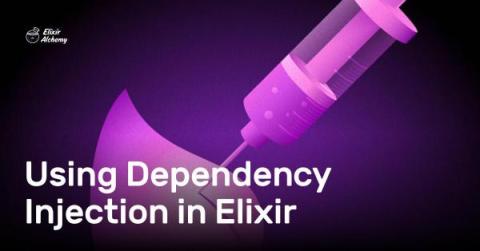Advanced Dependency Injection in Elixir with Rewire
In our last post, we explored how Dependency Injection (DI) is a powerful design pattern that can improve our ExUnit tests. In this article, we will dive deeper into the topic of DI in Elixir, focusing on the Rewire library for Elixir projects. We will cover Rewire's core concepts, how to get started with it, and practical examples. We will also see how to use Rewire alongside Mox. Let's get started!











